Because business environments change fast, learning organizations enable learning inside the company to adapt to such changing circumstances. Learn how to define learning organizations and study their qualities using certain examples, such as systems thinking, personal mastery, and mental models, among others, to demonstrate your understanding.
Five characteristics Learning Organizations have in common
According to Peter Senge, a systems scientist and senior professor at the MIT Sloan School of Management, learning organizations have five characteristics in common with one another. A breakdown of these five characteristics and suggestions on how to cultivate them will help you on your way to becoming a learning company.
Systems Thinking
A collaborative learning culture underpins the success of a learning company in any industry. While each person is recognized and praised, they also play an important part in the greater scheme of things. Organizing is based on the system thinking idea, which states that organizations are made up of smaller parts, similar to the pieces of a jigsaw.
Corporate learners must be able to comprehend the system as a whole and each component that is included. For example, they must understand how compliance and business policy contribute to a more efficient workplace and how to safeguard the safety of their employees. Divergent points of view are also beneficial in collaborative learning settings. The opinions of their peers should be respected and honored by those who are learning in the corporate environment. Every opinion must be considered, and there is always a potential for creativity.
Shared Vision
The fourth method of identifying a learning company is to seek forward-thinking executives. The excitement and devotion begin at the top of the organization. A “shared vision” is required among managers, supervisors, and trainees for them to be dedicated to the process. Leaders must question preconceptions, foster self-reflection, and provide a positive example for their team members to achieve success.
Instead, they should allow corporate learners to make errors that will help them gain real-world experience. After that, they should consider alternate techniques to ensure that they do not make the same errors in the near future.
Mental Models
The American Psychological Association defines mental models as “are deeply established beliefs, generalizations, or even ideas and images that impact our understanding of the world and how we behave.”
It is referred to as a mental model of people and organizations’ assumptions about the world. These paradigms must be challenged if a company evolves into a learning organization. Individuals tend to advocate for theories, which are the ones they aim to follow, as well as theories-in-use, which are the ones that are being followed.
A similar phenomenon occurs in organizational “memories,” which assist in perpetuating particular behaviors, standards, and values. When establishing a learning environment, it is critical to replace confrontational attitudes with an open culture that encourages inquiry and trust among participants. The learning organization requires systems for identifying and evaluating organizational theories of action, among other things.

Personal mastery
For you to achieve personal mastery, you must first master three components. First and foremost, you must develop a personal vision, a specific image of the future you want to see manifested. Second, you must embrace and use the stress that results from creative strain. You must make every effort to bring reality closer to your ideal. Third, you must be committed to the truth and refuse to fool yourself, no matter how comfortable or easy it may be.
Using a data-driven learning platform, you may use learning analytics to reach more definite conclusions about individual learning. This, thus, plays a more significant role in influencing the decision-making process of the learner.
Learning as a group
There has to be a commitment to education from the top down within the firm. A learning organization must provide many chances for exchanging information and the creation of fruitful debates. When it comes to team learning, having a supportive and happy learning environment is essential.
Employees should feel safe taking chances to experiment with new ideas and, in the process, make major changes. People should also be assisted if they have difficulty comprehending new information or procedures. Developing skills can only occur in a favorable atmosphere.
Takeaway
Continuous improvement initiatives are springing up all over the place as businesses attempt to improve themselves and acquire a competitive advantage. All effective learning organizations share these five characteristics. They encourage lifelong learning and continual cooperation, which contributes to the organization’s overall success.
Have any questions regarding the topic “Building A Learning Organization: 5 Traits you must know?” Feel Free to comment down below.
Also Read: Developing Human Potential in the Workplace
Also Read: How Teams Can Better Collaborate in a Virtual Environment?
Also Read: Business Ecosystems To Quickly Build Up Capabilities



